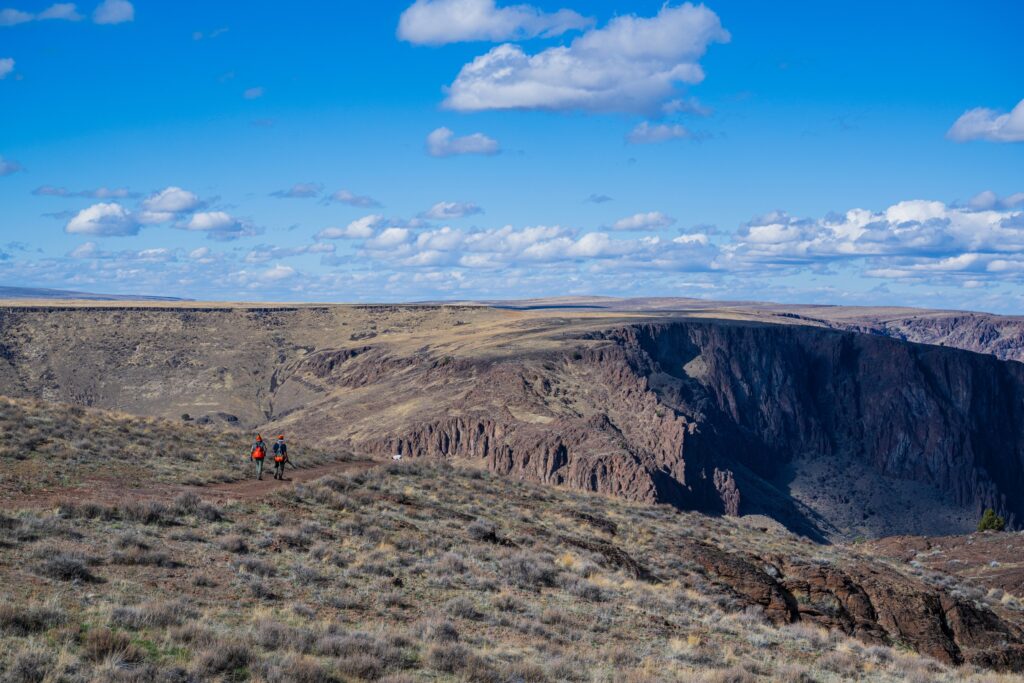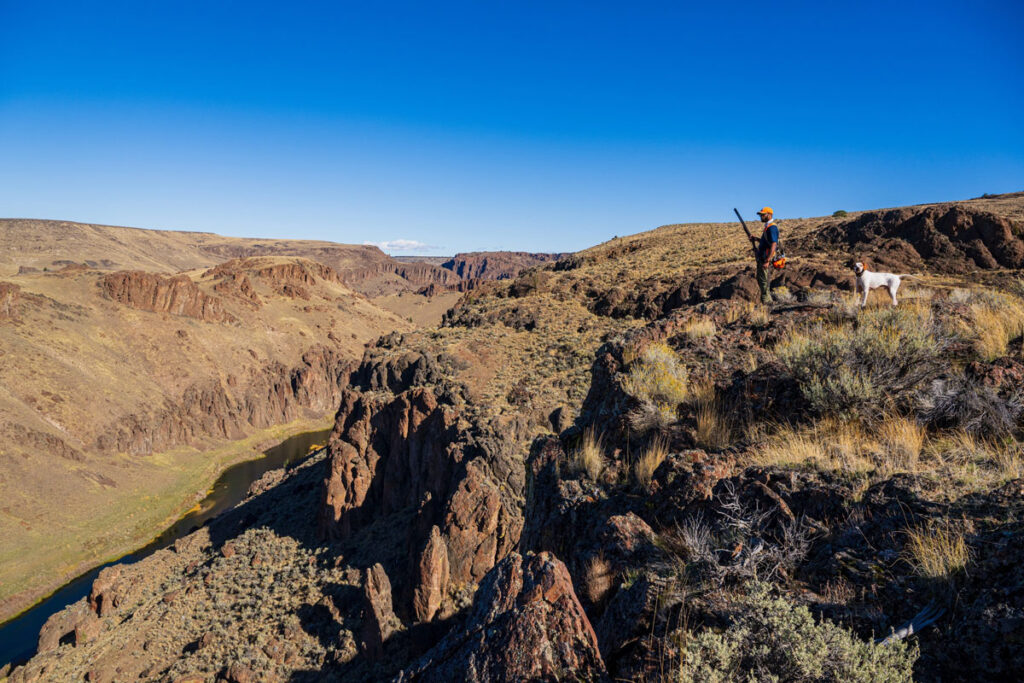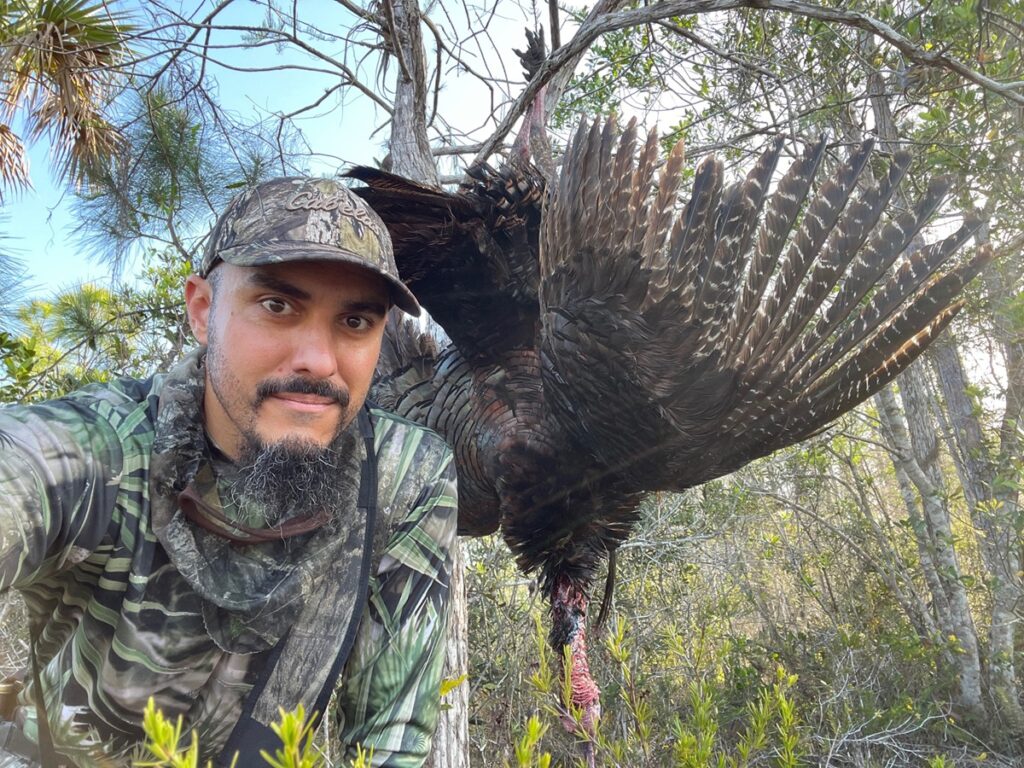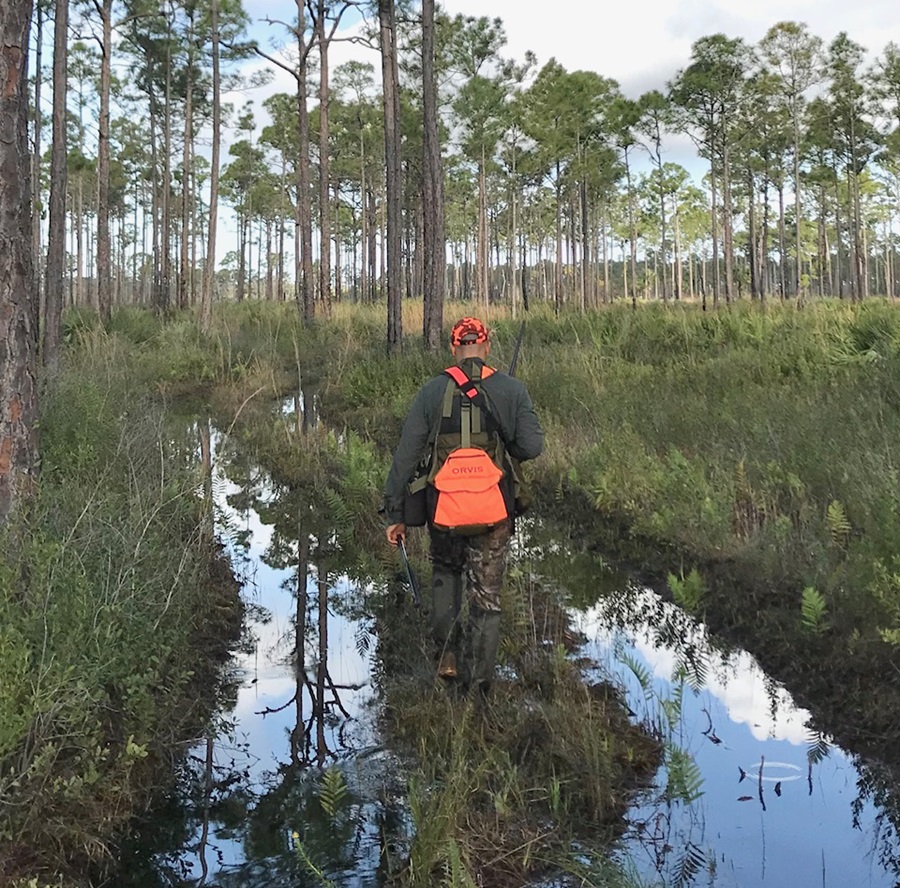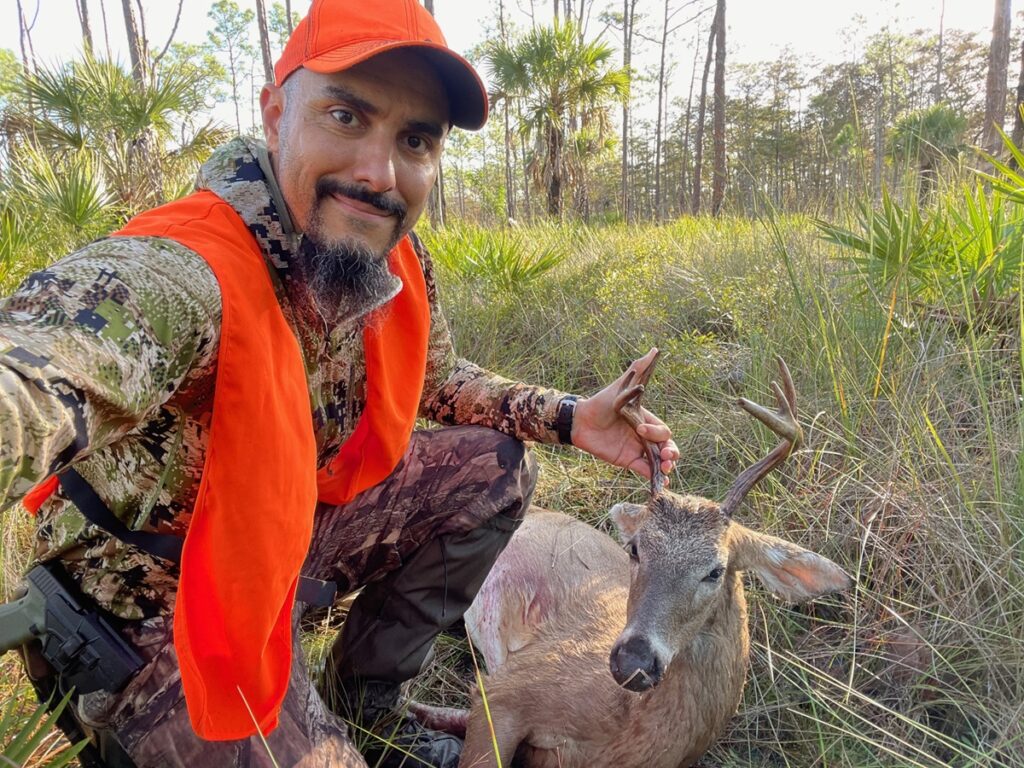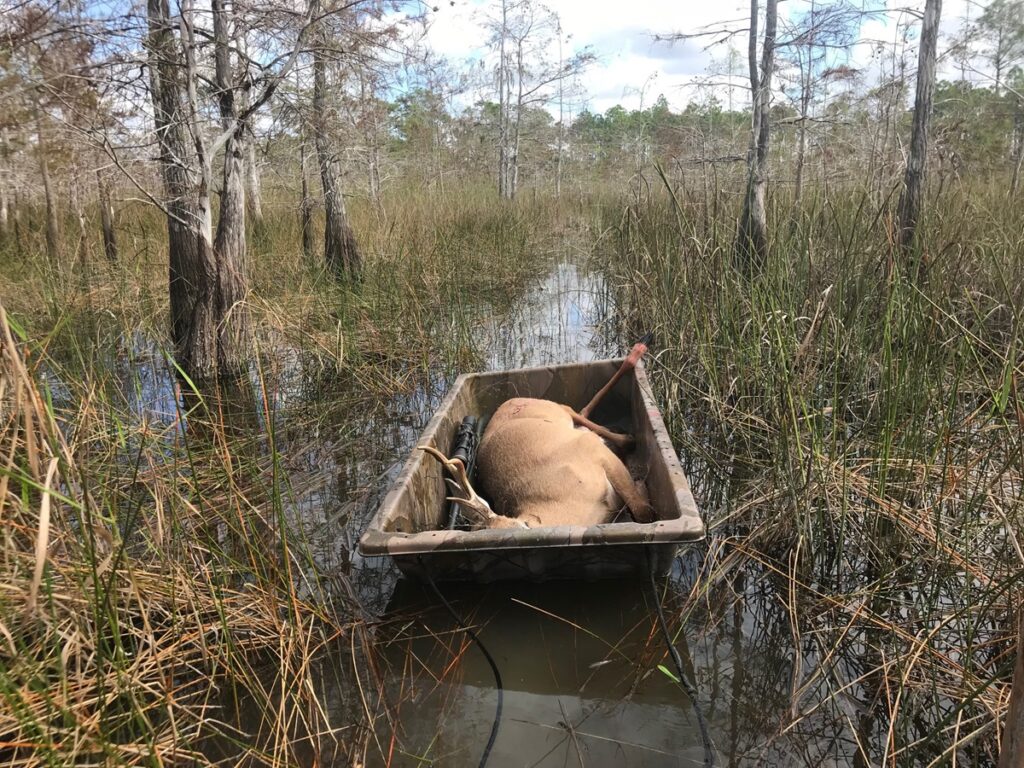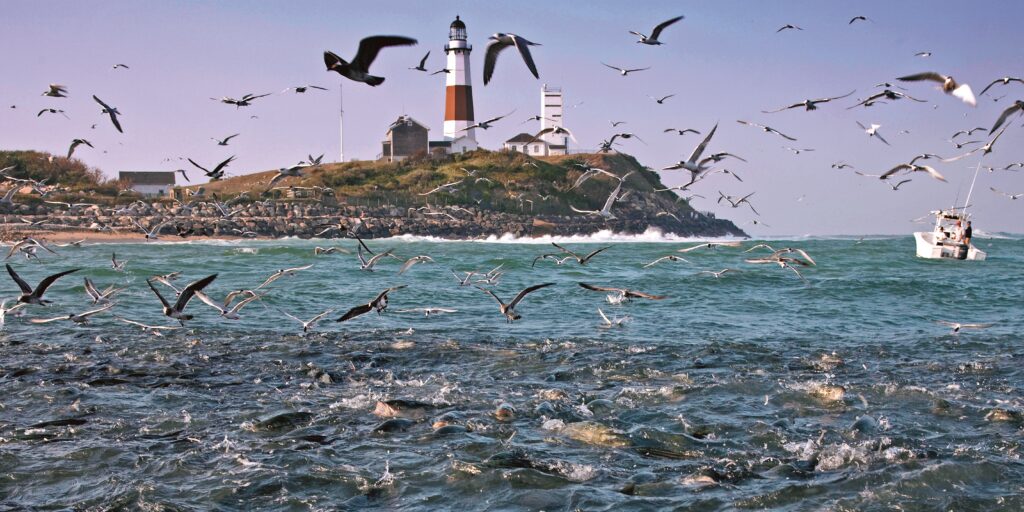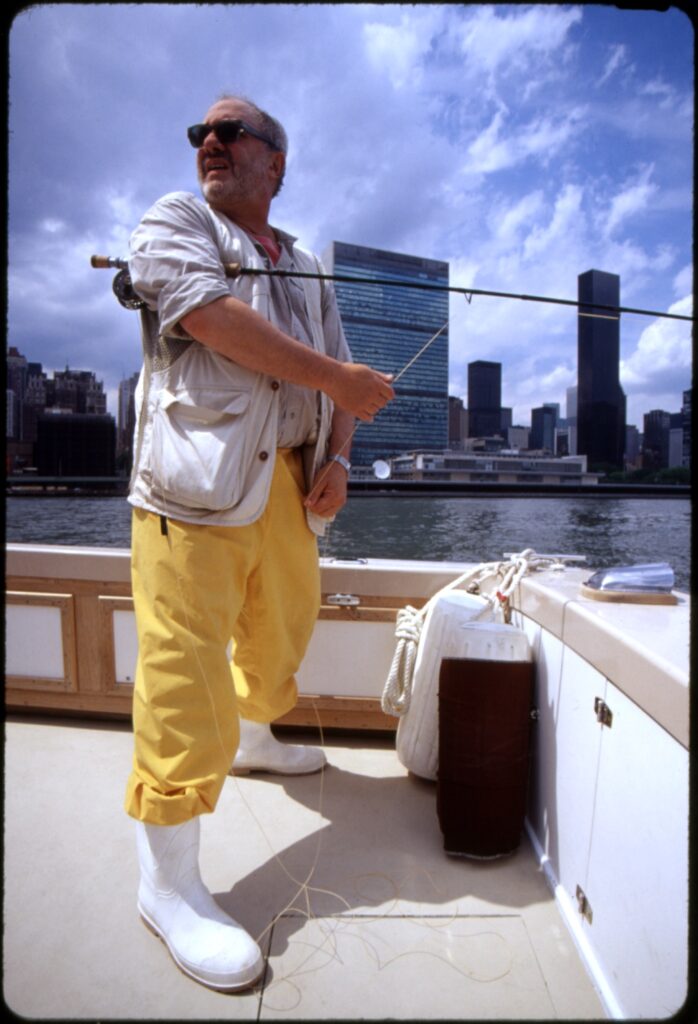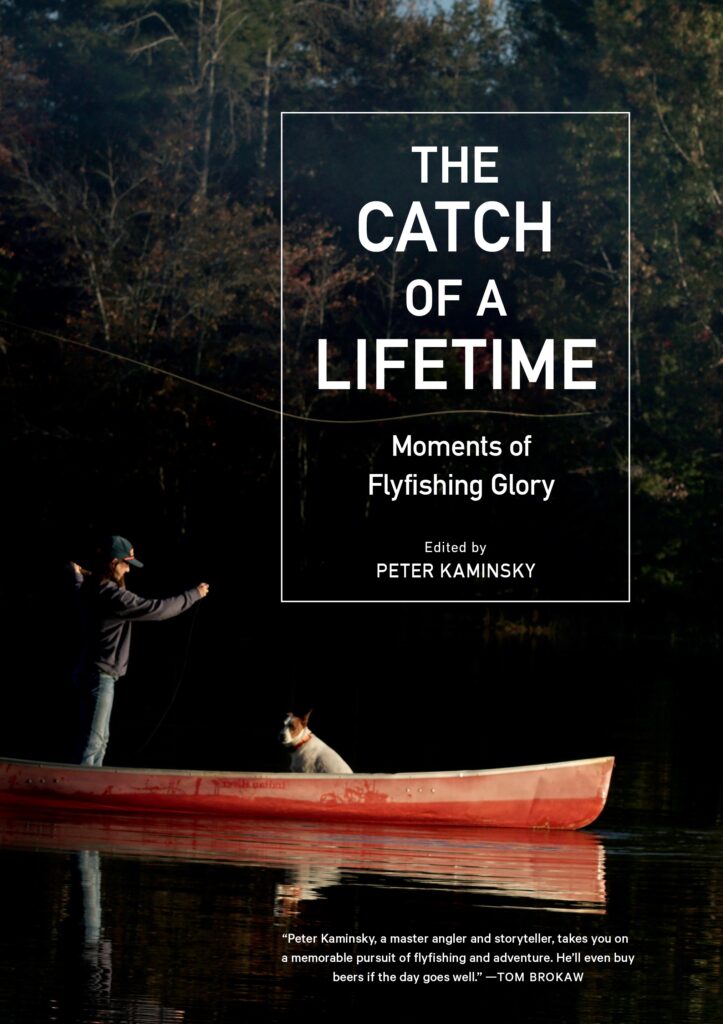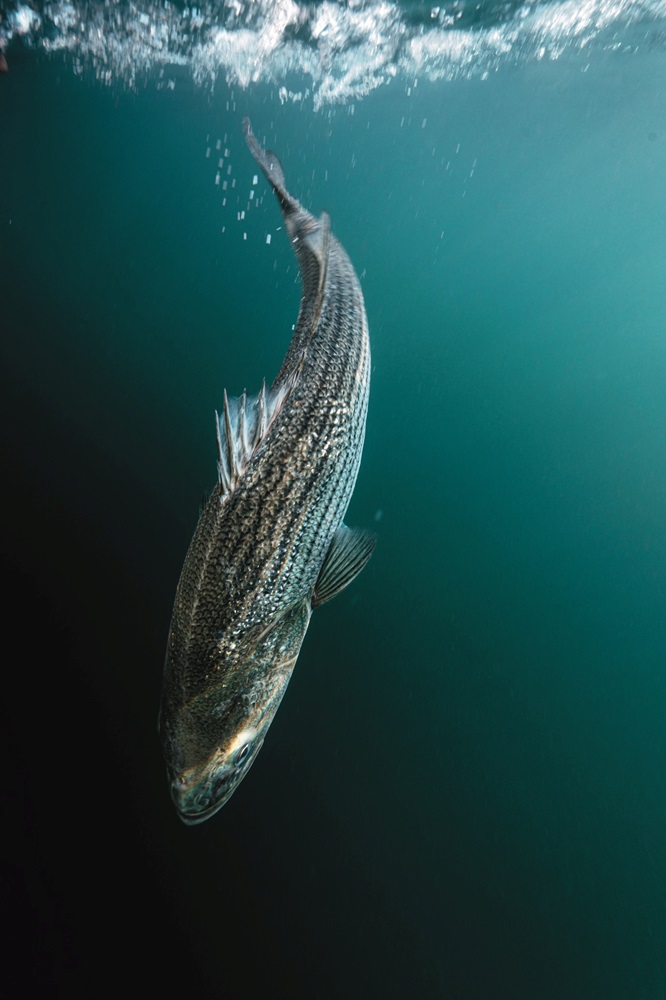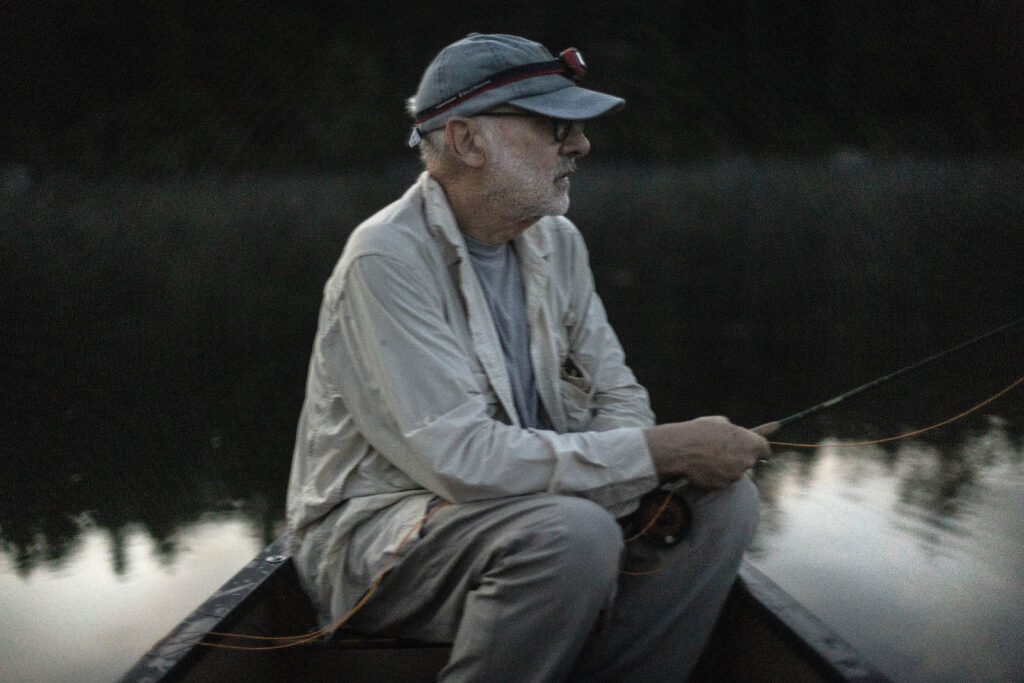Within BCAs, the BLM will prioritize conservation, restoration, and hunting and angling access
Today, the Bureau of Land Management’s Royal Gorge Field Office published their Record of Decision revising the Eastern Colorado Resource Management Plan after more than eight years of planning and public engagement. Hunters, anglers, and conservationists applaud the addition of 87,400 acres of Backcountry Conservation Areas in the Arkansas River Valley and Rural Foothills landscapes within the field office.
“The Eastern Colorado RMP will improve how high-value fish and wildlife habitat is conserved and managed across these BLM lands,” praised Liz Rose, Colorado field representative for the TRCP. “The BLM is wisely directing development away from key wildlife habitats by excluding BCAs from future utility and non-utility scale renewable energy and oil and gas development, while prioritizing conservation measures that benefit wildlife, hunters, and anglers long-term.”
This final RMP will provide management direction for 658,200 surface acres and nearly 3.3 million acres of BLM-administered mineral estate across eastern Colorado for decades to come. These BLM lands are home to elk, mule deer, pronghorn, bighorn sheep, and wild and native trout, and encompass 487 miles of streams and rivers and popular destination lakes and reservoirs valued by anglers. The TRCP thanks all the BLM, Department of Natural Resources, and Colorado Parks & Wildlife staff, county officials, and TRCP members, supporters, and partners who have provided invaluable feedback, guidance, and expertise since this plan revision process began in 2015.
The final BLM plan commits to managing about 13% of the field office as BCAs. Protecting these extraordinary fish and wildlife habitats from incompatible development and habitat fragmentation, while providing high-quality access for hunting, fishing, and trapping is a win-win for TRCP members.
In these BCAs, the BLM will focus management activities on the conservation and restoration of key habitats, which can include wildfire mitigation work and habitat improvement projects.
Before the formal planning process began, Park County, Colorado Wildlife Federation, TRCP, several other conservation organizations, and water providers came together as the South Park Coalition and began identifying areas suitable for development and areas key to conserve.
“I think the work we did well before the formal process made a big difference to enable the really good outcome for the unique resources of the South Park area,” said Suzanne O’Neill, executive director of the Colorado Wildlife Federation. “We applaud BLM’s recognition throughout the process of this iconic basin’s distinctive and largely unfragmented wildlife habitats, prized trout streams, water quality, and spectacular vistas. In addition, the plan’s treatment of the areas managed by BLM in eastern Colorado outside of South Park has been much improved.”
The now cohesive, established framework for guiding management on eastern Colorado’s public lands will mean the BLM will be able to adapt management to best address shifting conditions and priorities.
Photo Credit: Larry Lamsa

